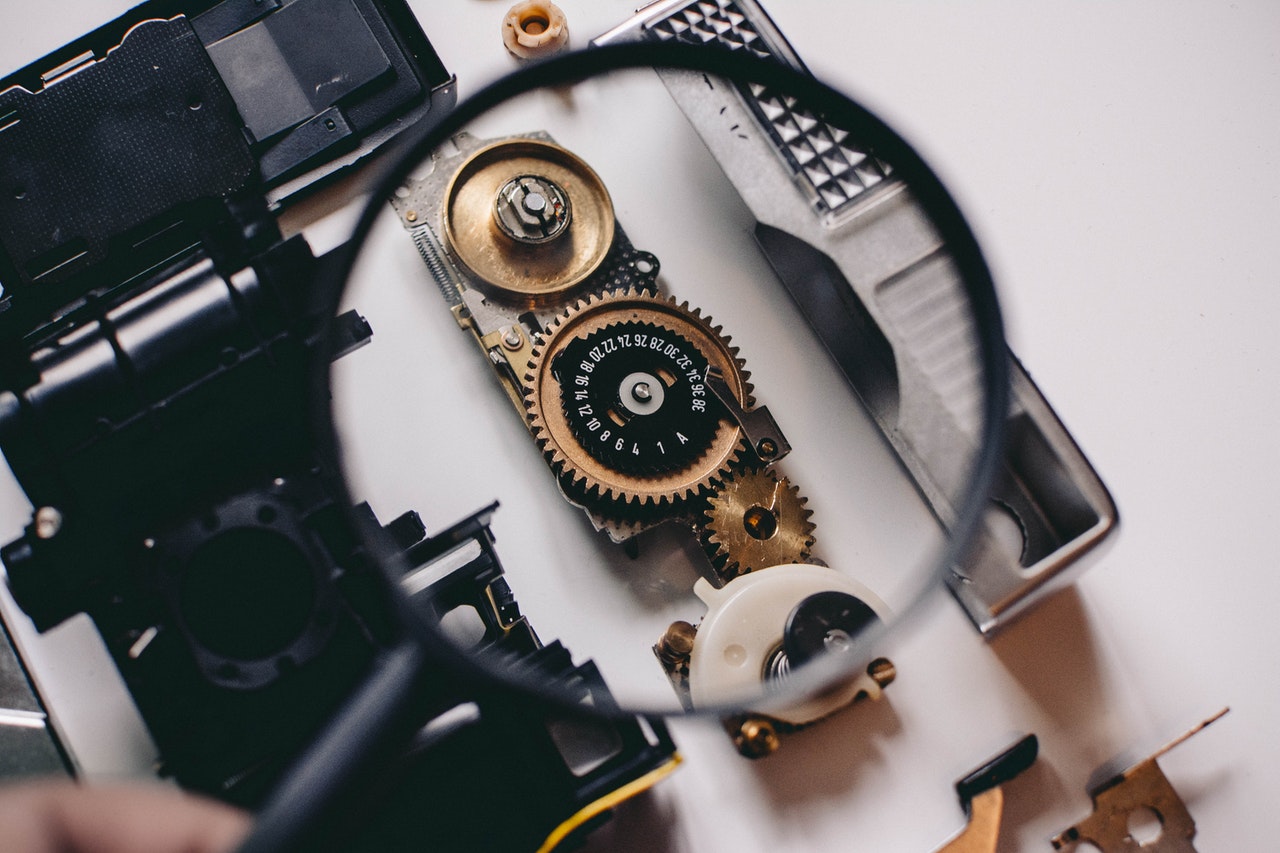Occupational safety regulations require employers to provide protective gear for their employees, especially those in hazardous settings. With equipment ranging from helmets to steel-toed boots, the costs can quickly spiral out of control. Large businesses can afford to absorb the cost of protective gear, but it could mean the difference between profit and loss for small businesses and workshops.
Unlike regular clothing, some types of protective gear also have a shorter lifespan. For instance, hard hats have to be replaced every three years or once they have been damaged, whichever occurs first. A welding helmet lens also has to be replaced every month. It can be tempting to cut corners, but safety should be your top priority. That said, there are ways to minimize costs without compromising on safety.
We know that protective gear has a set operational lifespan. Using it beyond the recommended timeline could lead to injuries in the workplace. But with a few tweaks to your operation, you can keep costs down and make the most of your safety gear. Here are a few strategies to get you started.
1. Prioritize quality materials over quantity
Many entrepreneurs go for whatever is the cheapest on the market, whether eye goggles or hard hats. You think you’re saving money, but going for cheap gear can cost you in the long run. High-quality protective gear may cost more, but they last longer and offer more value to businesses.
You’re not saving money if you have to replace a cheap hard hat multiple times. Just spend the money on a top-of-the-line model you know will last for a long time. It also helps to buy protective gear on an as-needed basis. Stockpiling gear may sound good on paper, but it’s also a massive waste of resources.
However, this strategy might not apply to consumable items like air filters. Since consumable items have to be replaced often, it might be more cost-effective to go for the cheapest choice on the market. If you can negotiate discounts for sealants and adhesive suppliers, you can do the same for safety gear.

2. Learn basic maintenance
Protective gear, just like any clothing, still have to be cleaned and maintained. If you want to extend your gear’s lifespan, you need to keep it in good condition. Start by checking the item’s care instructions. For tools and equipment, the information can be found in the user manual. Safety clothing should also have care instructions on the tag sewn into the garment.
Avoid buying protective gear that requires special maintenance if you don’t have the tools or expertise to do it correctly. Focus on sourcing materials that you know how to maintain. While you can always hire a third-party service provider to maintain the protective gear for you, that will add to your expenses.
You should also remember the basics. For starters, don’t mix protective gear of different types. It also helps to organize them by department. Protective gear used by welders shouldn’t be stored with gear used by other workers. Exposure to damage differs from task to task, and compartmentalizing storage helps with tracking and monitoring.
Finally, it wouldn’t hurt to learn how to perform simple repairs for basic protective gear. I’m not saying you should do everything yourself, but small tears or a missing button can be easily repaired with a needle and some thread. Just make sure you’re using the same material when doing repairs.
3. Keep them clean
The cleanliness of your protective gear has a big effect on its lifespan. Your employees’ hygiene is also an important factor. Placing hand-washing stations in strategic locations around the site can go a long way in promoting good hygiene. You can even go one step further and build a shower room on-site,
Tell your employees to be more mindful of the protective gear they use. Damaged gear should be reported and repaired right away. Discontinue work until they have been assigned with a new set of protective gear. Finally, make sure to assign the appropriate gear to the task. A welder wouldn’t find a regular surgical mask useful.
The bottom line
Protective gear isn’t meant to last forever, but that doesn’t mean that you can be complacent about safety and maintenance. These three tips will help you get more out of your protective gear. Buying quality gear and learning basic maintenance and hygiene can go a long way in keeping costs down while extending the equipment’s lifespan.

